Jenkins, Paul
Paul Jenkins' artistic influences are manifold, making him an artist who is difficult to classify. Through various techniques, he has explored the brushless method: for example, pouring colors into the hollow of a sheet and swinging it - sometimes guiding it with a knife - causing the pigments to set according to a choreography imposed by Jenkins. Read the biography
Displaying 1-12 of 17 resultsSortedfrom newest to oldest
-

Shaman's Anvil
Paul Jenkins
800€
-
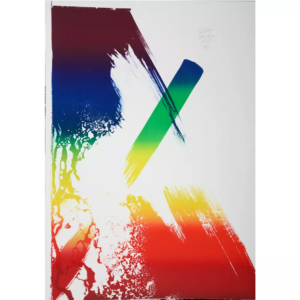
Composition
Paul Jenkins
1 500€
-
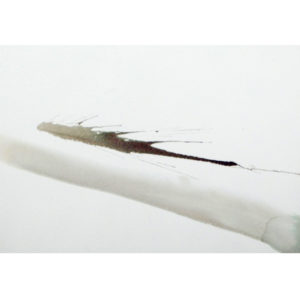
Paul Jenkins 6
Paul Jenkins
450€
-

Paul Jenkins 5
Paul Jenkins
450€
-

Paul Jenkins 3
Paul Jenkins
1 800€
-

Paul Jenkins 2
Paul Jenkins
900€
-

Paul Jenkins 1
Paul Jenkins
900€
-

Whisper of Shaman
Paul Jenkins
RESERVED
-
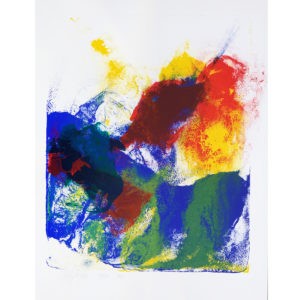
Shaman to the Prism Seen
Paul Jenkins
800€
-
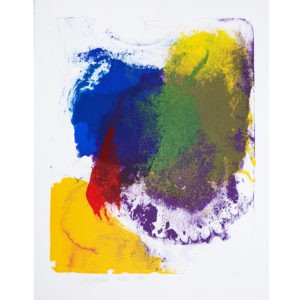
Shaman Sight Unseen
Paul Jenkins
800€
-
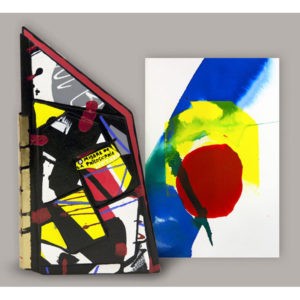
The misery of philosophy
Paul Jenkins
3 000€
-
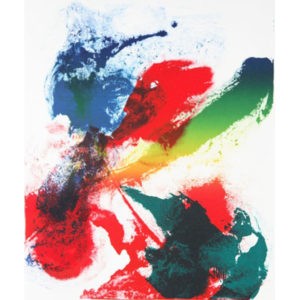
Shaman Anvil
Paul Jenkins
800€
Biography of Paul Jenkins
Paul Jenkins was born on July 12, 1923 in Kansas City, Missouri, USA.
In his youth, he studied art at the Kansas City Art Institute. He also worked with ceramist James Weldon, who had a major influence on his approach to color in painting. He then enrolled at the Cleveland Play House, a theater school where he worked mainly on sets.
After World War II, Paul Jenkins moved to Pittsburg, Kansas, where he joined a group of artists and writers supported by art patron Gladys Schmidt. These artists exhibited at the Outline gallery, directed by Elizabeth Rockwell, a meeting point for avant-garde artists. In 1948, he moved to New York and joined the Art Students League, where he became interested in the theories of Russian mystic Georges Gurdjieff, particularly his theses on spiritual transcendence and the definition of objective art.
In 1953, he moved to Paris, where he met artists such as Jean DubuffetGeorges Mathieu, Pierre Soulages, Sam Francis and Claire Falkenstein. In 1955, he had his first solo show at the Zoe Dusanne Gallery in Seattle and took part in the exhibition Artistes étrangers en France at the Petit Palais in Paris. The Stadler Gallery in Paris welcomed his work the following year, and the Martha Jackson Gallery in New York gave him a solo show of its own.
His artistic influences are manifold, making him a difficult artist to classify: he is close to Jackson Pollock and Mark Rothko, but draws his inspiration more deliberately fromHenri Matisse or Vassily Kandinsky. What's more, his approach to painting is linked to a certain mysticism: among his influences are the teachings of Zen Buddhism and the Yi Jing, a Chinese treatise whose title can be translated as "Book of Transformations".
Through various techniques, Jenkins explored the brushless method: for example, by pouring colors into the hollow of a sheet and rocking it - sometimes guiding it with a knife - causing the pigments to set according to a choreography imposed by the artist. The canvas thus becomes a space for redefining color, light and space. Indeed, for Jenkins, the material paint becomes a subject in itself: "Color is a sensation, not an external manifestation of nature"[1]. The work is not intended to represent something, but is a phenomenon, as the titles of his works attest.
At the end of the 80s, Jenkins received numerous international public commissions. During this period, he produced a large body of lithographs, and in 1998 published an album with the Bouquinerie de l'Institut - now Galerie de l'Institut - focusing on shamanism and the expression of unspeakable experience through color.
He dies in New York City on June 9, 2012.
[1] Quoted in BOSQUET, Alain, Paul Jenkins, H. Veyrier, 1982
